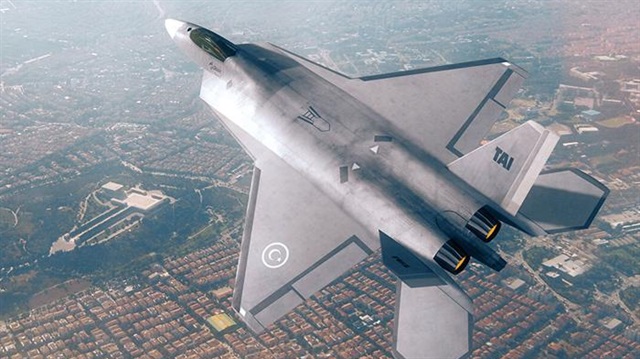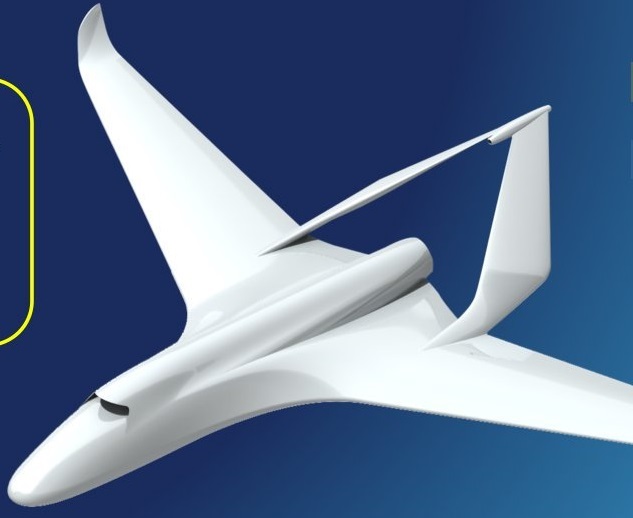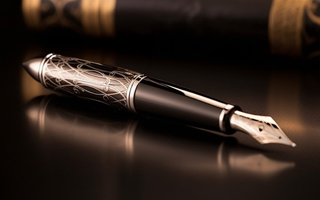
Turkish defense giants are successfully developing indigenous jets and drones which are due to be exported
Turkey seeks to bolster its defense exports in the near future, and is focused on developing the industry.
TUSAŞ Engine Industries (TEI), a leading Turkish company that manufactures parts for commercial and military aircraft, has developed various engine prototypes within the scope of the Operational UAV Engine Development Project.
TEI recently initiated the mass production of the PD155 engine developed in line with the ANKA-S Engine Modification Project. Turkish Aerospace Industries’ (TAI) ANKA is a family of UAVs developed for the Turkish military.
The first nine engines have been delivered to TAI, and successfully carried ANKA to the sky with the first engine upon the completion of its aircraft integration studies.

Earlier this year, Turkish Defense Minister Nurettin Canikli shared the specifications of a new 4.5-ton armed UAV dubbed Akıncı which will able to carry four missiles.
Canikli said that the Akıncı would enable Turkey to develop unmanned combat aircraft starting in 2027 based on the technology acquired.
He also stated that the Akıncı would be developed based on the Bayrak armed UAV, and its deliveries would begin in 2021.
The defense minister said that Akıncı’s technology will pave the way for Turkey to be able to produce unmanned warplanes.

In order to meet the requirements of the Turkish Air Forces beyond 2030, when the military plans to replace the aging F-16 fleet, a domestic design and development program aims to produce the TFX fighter aircraft.
The TFX is a twin engine all-weather fighter jet being developed by TAI and the U.K.’s BAE Systems.
The fighter jet will make its maiden test flight in 2023, and will serve in the Turkish Air Forces’ inventory until the 2070s. It will be interoperable with other critical assets such as the F-35As.
Turkey aims to export the national TFX jet which is set to fly at twice the speed of sound, and will measure 19 meters in length and 12 meters in width.
Turkey will be among nations such as the U.S. and China with the infrastructure and technology to produce a fifth generation fighter jet as it will develop technologies such as visibility, internal gun compartments, high maneuvering capacity, increased situational awareness and sensor fusion for the TFX.
The TFX will be a multi-role aircraft, designed mainly for air-to-air roles while also capable of fulfilling air-to-surface roles as well.
An agreement was signed between TAI and BAE Systems on Jan. 28, 2017 in the presence of the prime ministers of Turkey and the United Kingdom. The TAI-BAE Systems Collaboration Agreement was signed and came into effect on Aug. 25, 2017.
Under Ankara’s policy of domestically sourcing defense equipment, TAI and its Turkish industry partners aim to manufacture the TFX’s low radar cross-section airframe, engine, munitions, situational awareness elements and it sensor fusion inputs indigenously in Turkey.
Hello, the comments you share on our site are a valuable resource for other users. Please respect other users and different opinions. Do not use rude, offensive, derogatory, or discriminatory language.
The floor is all yours.








